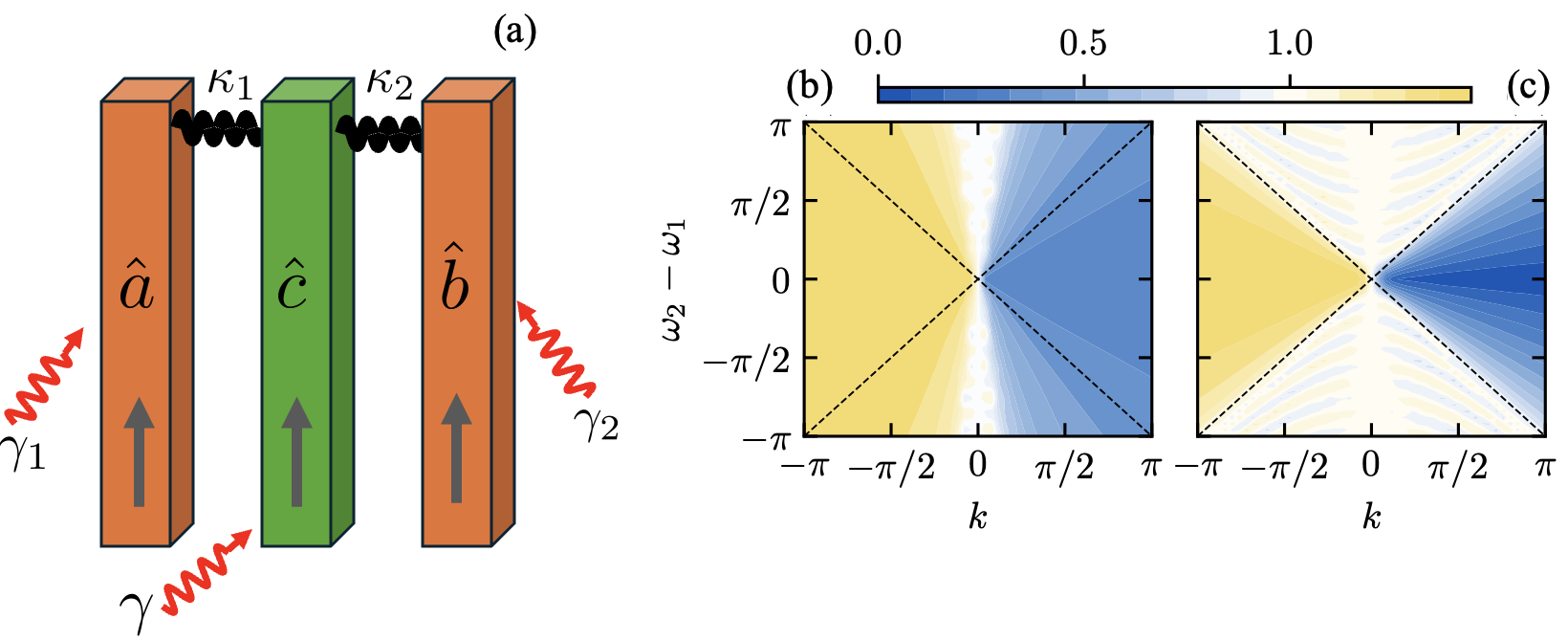| Title of announcement | Quantum Advantage to Synchronization | ||||
|---|---|---|---|---|---|
| Business forms | Expiration date for bidding | ||||
| Department in charge | 전체관리자 | Registration Date | 2024-07-11 | Hits | 22 |
| att. |
![docx 파일명 : [v3] research news juzar thingna.docx](/images/mimetype/docx.gif) [v3] research news juzar thingna.docx
[v3] research news juzar thingna.docx
|
||||
|
|
|||||
Quantum Advantage to SynchronizationQuantum technologies are expected to propel dramatic leaps in different arenas such as quantum sensing and metrology, communication, and computing, just to name a few. Quantum tech offers a paradigm shift as compared to the technologies of today and promise to be precise, secure, fast, and resource efficient. One of the biggest questions that lingers over all existing and upcoming quantum technologies is whether a quantum phenomenon has a distinct advantage over its classical counterpart. In general, there is no trivial answer and quantum advantages have been proven only in a handful of cases. In a study published in the prestigious Physical Review Letters a collaborative team from the IBS Center for Theoretical Physics of Complex Systems (IBS-PCS), University of Massachusetts Lowell (UML) and University of Maryland Baltimore County (UMBC) showed how a quantum synchronizing system could have a distinct quantum advantage over its classical counterpart. Classically, synchronization has been ubiquitous and has not only helped advancing our understanding of natural phenomenon such as the flashing of fireflies but has had a tremendous technological impact in field of communication. In recent years, with quantum devices being more accessible the notion of quantum synchronization has been explored both from a fundamental perspective and as a tool to help in quantum communication. The team led by Dr. Juzar THINGNA from IBS-PCS and UML, studied a new class of non-Hermitian open quantum systems that synchronize and showed that even though small quantum systems synchronize slower than their classical counterparts, they are energetically more efficient. In technical terms, the energy input needed to quantum synchronize a small system could be much smaller than to synchronize the classical counterpart. The team tested these model-agnostic findings on an anti-PT symmetric coupled waveguide model [see Fig. 1(a)], which is an ideal photonic platforms for broadband light transport. Interestingly for this model, quantum synchronization was not only energy efficient, but it was also possible to synchronize a quantum system in regimes where it was impossible to synchronize its classical counterpart [see Figs. 1(b) and (c)]. The teams’ findings establish a paradigm shift in our thinking of quantum synchronization and show that quantum systems that synchronize have a distinct quantum advantage in terms of their energetic costs and accessibility as compared to their classical counterparts. The results advance the field of quantum synchronization by bridging to the fields of quantum thermodynamics and non-Hermitian open quantum systems, where new applications in photonic platforms aided by synchronization could be anticipated.
Notes for editors
- References
- Media Contact
- About the Institute for Basic Science (IBS)
|
|||||
 Figure 1. (a) Schematic of the coupled waveguide model with all three waveguides a ̂, b ̂, c ̂
Figure 1. (a) Schematic of the coupled waveguide model with all three waveguides a ̂, b ̂, c ̂